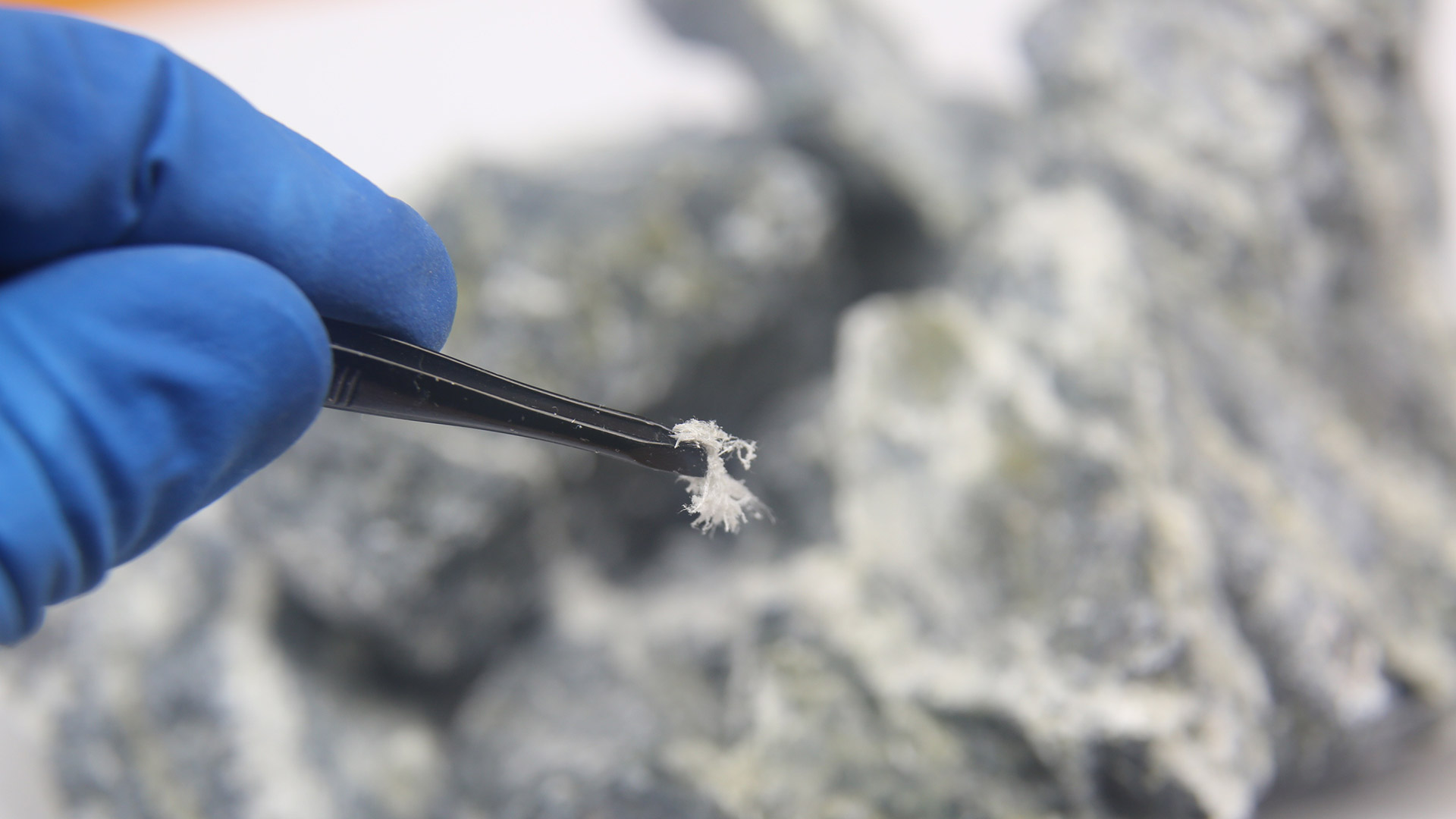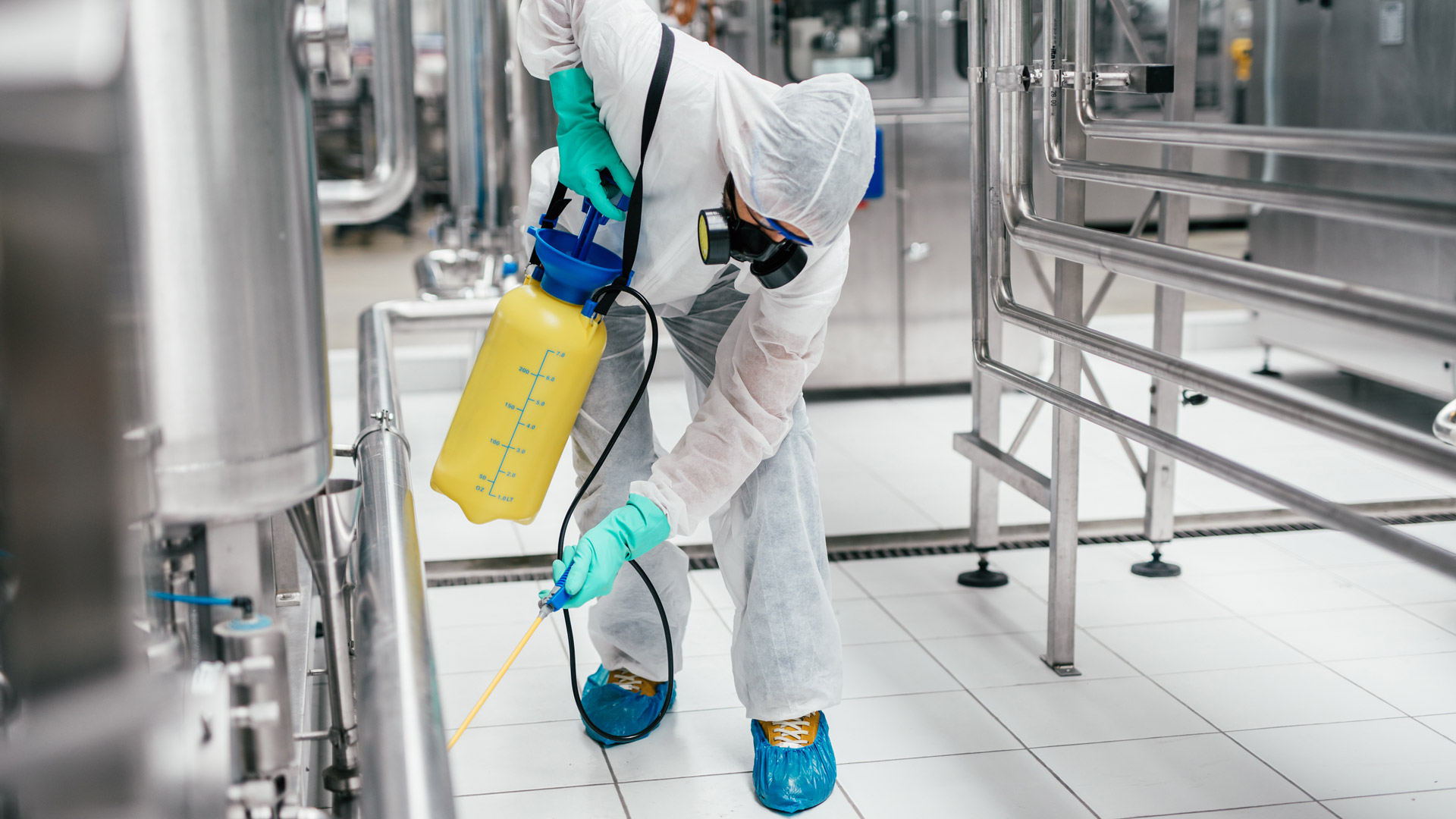A chemicals company has been fined £40,000 after releasing a cloud of toxic chlorine gas that spread through its factory, yard and surrounding area, resulting in staff needing hospital treatment and significant damage to the factory.
On 12 June 2019, Wiltshire company GEA Farm Technologies (UK) Ltd mistakenly mixed an Intermediate Bulk Container (IBC) containing approximately 700kg of concentrated sulphuric acid into a mixing vessel that already contained 1,600 litres of sodium hypochlorite solution.
The chemicals reacted releasing a large cloud of toxic chlorine gas, which CCTV footage showed permeating the factory and surrounding area. There was no clear evacuation plan for workers caught on-site, with several taken to hospital with breathing difficulties – fortunately no one suffered long-term effects.
An HSE investigation found the incident happened because a dedicated mixing plant had not been brought back into service after maintenance work, and the company had failed to introduce effective records management for the temporary manual system.
Workers can be exposed to a variety of hazardous substances in many different workplaces. Chemicals, fumes, dusts and fibres can, under certain circumstances, have a harmful effect on health. If exposure to a hazardous substance is not properly controlled it may cause ill health in a number of ways.
GEA Farm Technologies (UK) Ltd pleaded guilty to breaching Section 2(1) of the Health and Safety at Work etc. Act 1974 and was fined £40,000 and ordered to pay costs of £22,000 at Basingstoke Magistrates’ Court on 4 October 2022.
Speaking after the hearing, HSE Inspector, Malcolm Whyatt, said:
“In this case several workers were put at risk from a cloud of chlorine gas which drifted uncontrolled through their workplace. The company had previously designed their system to eliminate the possibility of human error, by reverting to a manual process they created a situation where mixing incompatible chemicals was possible. Chlorine can have severe health effects at very low levels, and they were fortunate that no one was more seriously injured.”
You may also be interested in
RELATED CONTENT
RELATED COURSES

Introduction to health and safety gives learners a basic introduction to managing safety in their workplace.

The asbestos course looks at how to manage asbestos in the workplace and recognise the risks.

The Control of Substances Hazardous to Health (COSHH) course helps learners carry out work involving hazardous substances safely.

The Legionella course ensures people understand the risk of legionella and are aware of the requirements of the L8 ACoP.

A survey of nearly 1,700 people across the recycling and waste management sector by the Environmental Services Association (ESA) has suggested the ind...

Friday is the most hazardous day of the week for fleet drivers with the highest number of accidents, speeding events, and incidences of aggressive dri...

The UK government has announced it will not match new EU restrictions on various potentially hazardous chemicals, including the “rubber crumbs” used t...

Global Asbestos Awareness Week 2023, organised by the Asbestos Disease Awareness Organisation, takes place this week (1-7 April), aiming to raise awar...